I have many, many film cameras but (until recently) only one decent digital, a Canon 1Ds.
Amazing as it is (it is), the 1Ds is huge. It is heavy enough hung over a shoulder, but somehow it seems even heavier when in a bag (which seems backwards, but there it is). And the bag needs to be a largish rucksack. Add a fat lens like the 85mm 1.2 and you’ll need a powered exoskeleton to carry it.
Not having a powered exoskeleton, I decided to buy a compact digital.
I considered various Fujis, Sonys and a few others. I landed on the GR (pronounced ‘grrrrrr’). No viewfinder, but good reviews and a reasonable price.
It’s an amazing thing. Pocket sized (and that includes shirts and jeans, not just coats); lovely feel; clearly designed for photography (rather than designed for a lifestyle or as a brand statement).
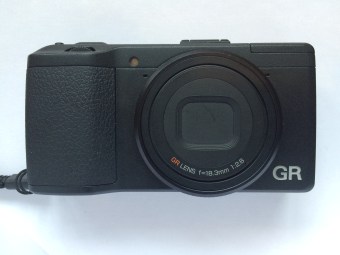
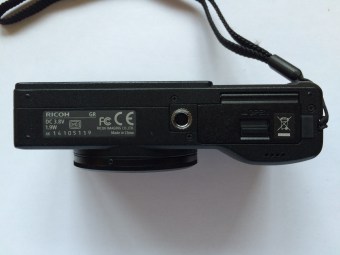
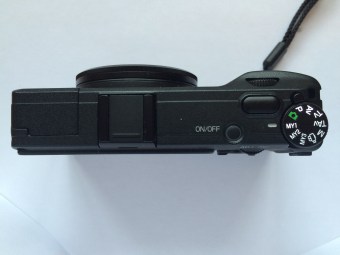
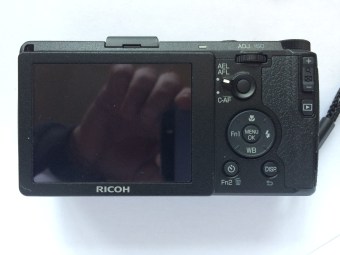
It’s the first camera I’ve had where I’ve set up the custom modes and used them. The menus are comprehensive, intuitive, useful.
Every time I’ve thought ‘I wish I could…’ I’ve found that I can, and in a logical way.
I haven’t used a live-view camera for a while, and even once I’d stopped lifting it to my eye I still found it a bit alien.
With a bit of practice though it is really liberating. An extension of your hand rather than your eye it gives you all sorts of freedom. (Though I do find it harder to get the camera flat on to subjects I want flat on.)
I generally use a 50mm on the 1DS. Again the 28 is liberating.
50mm is supposed to be a natural, eye-like view; using a 28 makes me realise I’ve spent years backing away from things trying to fit them in.
Compared with a full-frame, digital SLR
I’ve just been using the GR to take pictures of Messy Church – lots of parents and children doing art activities at the church up the road (I’m official photographer – which makes Messy Church the most official thing about any of my photography…).
I’ve taken pics at lots of events like this using a Canon 5D and a 1Ds; generally people either pose or hide. With the GR I was barely noticed. And the 28mm focal length gives some interesting perspectives.
However… the pictures lack the 3D pop and definition that a wide aperture and full-frame sensor give. And the RAW files out of the Canon seem to allow more leeway in Lightroom. You can really push the contrast and clarity with the Canon; which I like.
With the Ricoh’s files the slightest touch of clarity makes them look as rough as houses.
That said, B/W pics from the GR respond nicely to noodling in Lightroom; pushing the contrast and clarity is more successful with B/W than colour.
Compare these from a 5D:https://www.flickr.com/photos/dank_spangle/sets/72157637841888803/
Or these (also a 5D):https://www.flickr.com/photos/dank_spangle/sets/72157637840804465/
To these from the GR: https://www.flickr.com/photos/dank_spangle/sets/72157651198571789/
The GR pics are definitely (inevitably) flatter.
Update: Turns out the organisers like the recent set… they like that I’ve done a better job of showing lots of people in the church (wide angle lens); and various parents are quite happy with the pics of their children. So much for the moody shots I like…
Anyway.. the 1Ds will still be the camera for portraits or events (no one is paying me so I can do what I like). Canon’s 50mm 1.4 and the sublime 85mm 1.2 lenses are amazing things when combined with a big sensor.
But still, the GR turns in a great performance for a little camera; to carry around everyday, the GR is the thing.
More successful
I took a few snaps of the Humber estuary without paying too much attention to what I was doing – landscape photography isn’t really my thing, perhaps because I’ve never had much success at it.
When I looked at them in Lightroom I couldn’t believe the detail, the contrast, the feel. (And how well 28mm works for this sort of landscape.)
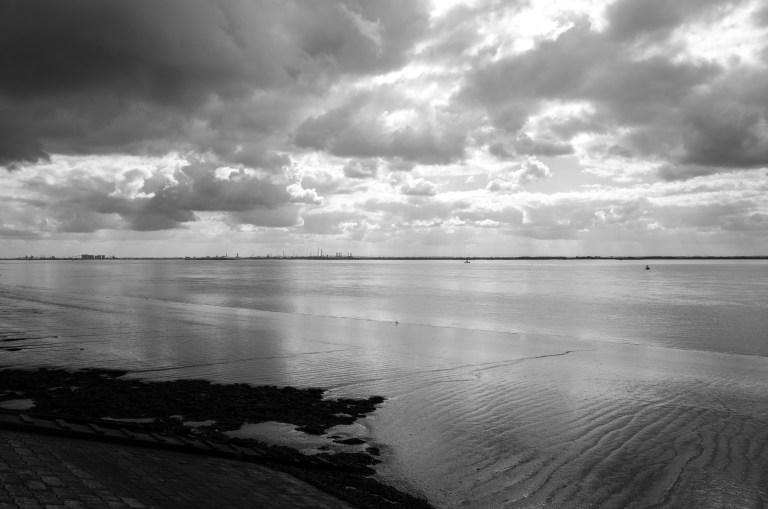
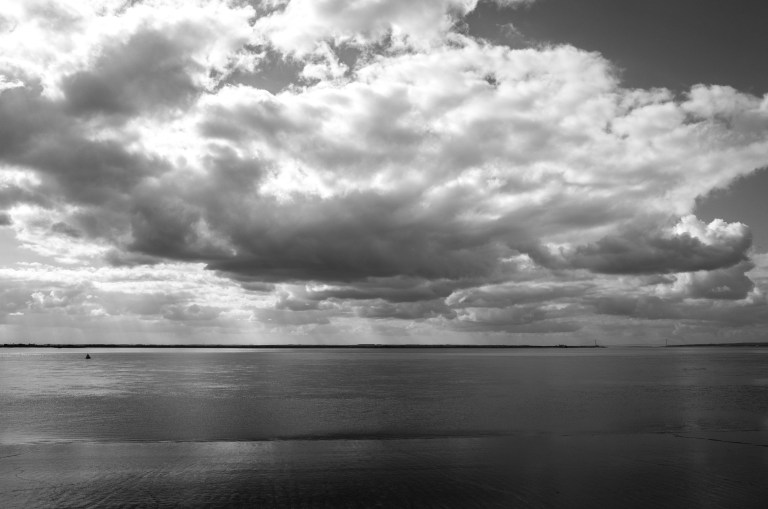
The GR tends to underexpose but there’s plenty of range in the pics to allow correction in Lightroom. (And I like moody contrast anyway.)
Where a narrow depth of field isn’t needed, the advantage of the 1Ds/5D starts to disappear.
What an amazing little lens the GR has.
Compared to the GR1 film cameras
It has the same feel. Perhaps in the perfect world it would somehow have the simplicity of the GR1 (but magically keep all its functions).
I’d be happy for the screen and most of the buttons to disappear and for it to grow a viewfinder. (Perhaps I’d plug it into a laptop to configure the program modes.)
But it definitely demonstrates the same philosophy evolved. Exactly what I wanted.
To sum up…
As a fan of prime film compacts, I am delighted to find a digital compact that fills the same niche. And its not the only digital in that niche; look at the Fujis specifically.
I think we’re seeing a digital equivalent of the ’80s compact camera arms race, with manufacturers pushing each other to produce small, high quality, photographers’ cameras. Brilliant.
Now if Ricoh just made a 40 or 50mm version of the GR, I buy one of those too. (You’d still be ahead of the game in both cost and weight over buying a SLR and a couple of lenses.)
Buy one – it’s a great camera, why wouldn’t you?
GR gallery
